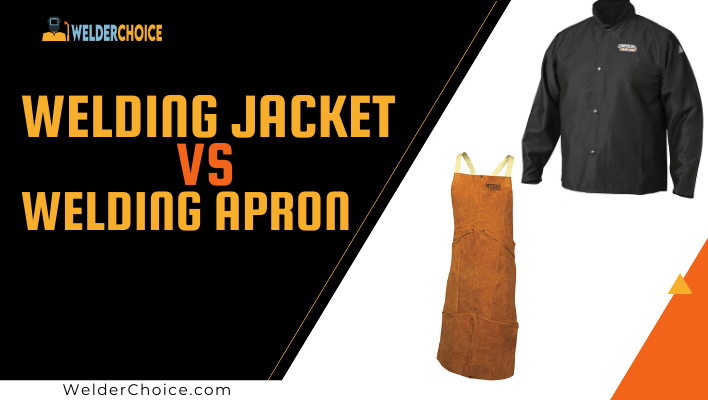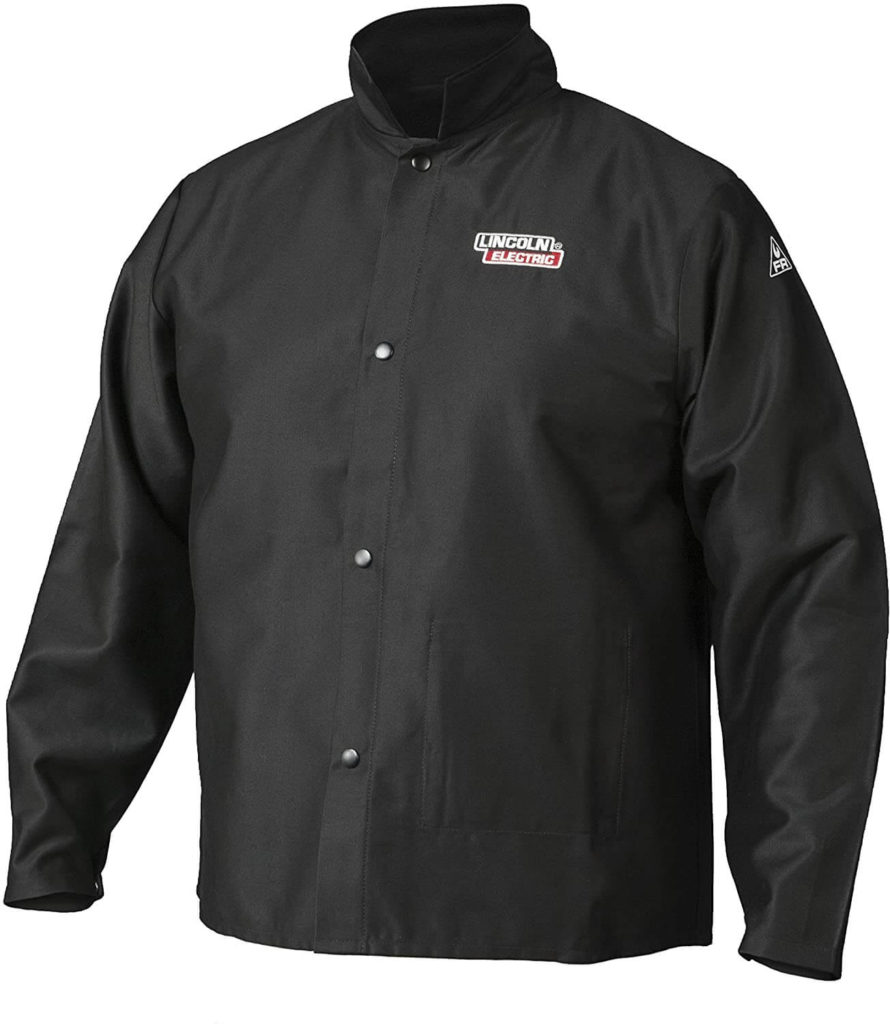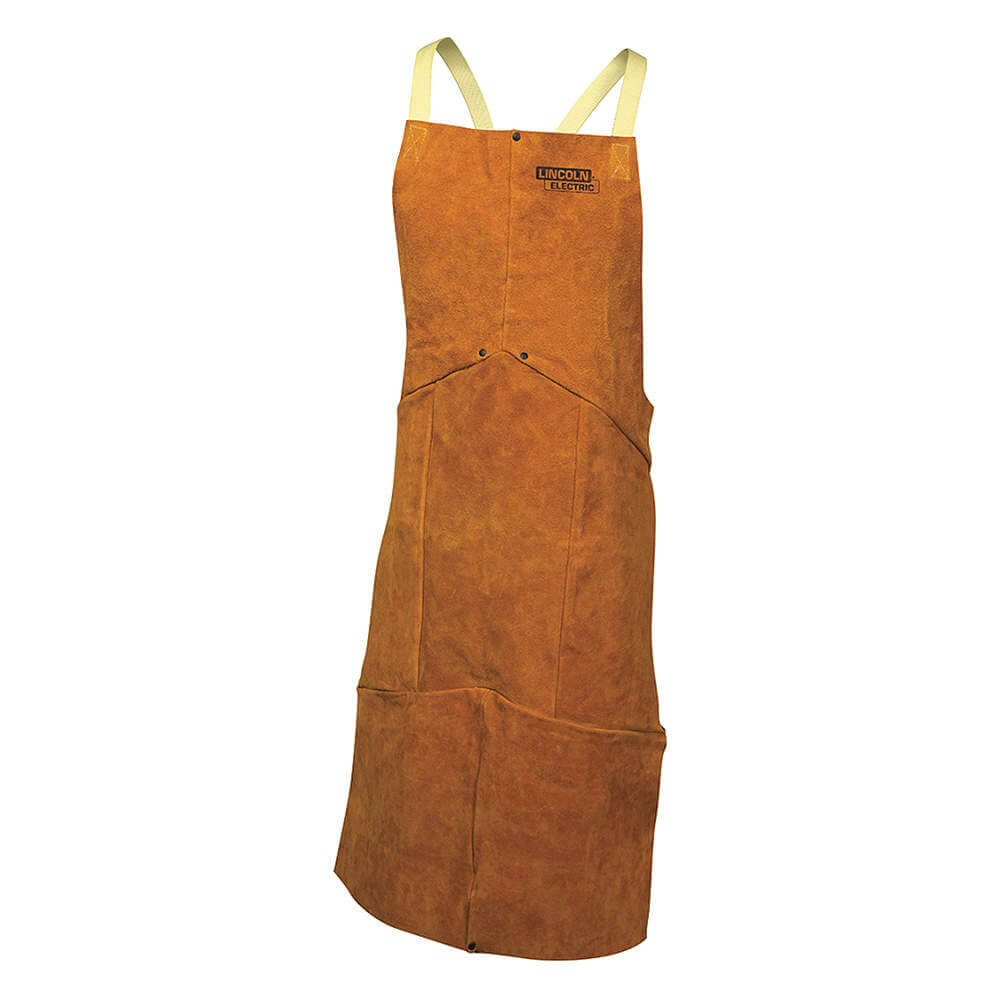Welding Jacket VS apron which is better for welding protection? You may find it challenging to react to this question as a steelworker. One thing is certain: you’ll need flame-resistant clothing to protect yourself safe from sparks, splatter, and heat.
Coats and bibs can both protect your upper body from hot metal particles, but the optimum choice for you will be determined by your unique circumstances. To assist you in making an informed decision, we conducted research on the benefits and drawbacks of each garment type.
In this post, we’ll look at comparisons, safety design possibilities, purchasing considerations, different standards, materials, safety requirements, and more. By the time you’ve finished reading this essay, you should have an excellent notion of what you’ll need to protect yourself safe while welding and working with steel.
To learn more about the comparison of welding jacket VS apron, continue reading.
Welding coats vs. Aprons Comparisons
Welding Safety Design Options
There are a variety of design alternatives for body protection. The most popular styles are welding jackets and aprons.
Welding jackets look like regular shirts, but they’re composed of durable, fire-resistant materials. An apron is a neck-hanging garment that can cover the front of the upper body, waist, and upper legs.
Due to the fact that bibs cover a smaller area than coats, it’s easy to conclude that jackets are the better option. This isn’t always the case, because each safety option comes with its own set of benefits and drawbacks; however, there are a few things to keep in mind.
What to Consider
Climate
In general, bibs are better suited to warmer climates, whereas coats are better suited to colder climates.
Mobility
Aprons are usually the best choice if mobility is a primary priority.
Type of Welding
If you’re doing a lot of overhead and vertical work, a bib might not provide enough protection.
Experience
An experienced welder may get away with less protection in general. If you’re comfortable welding and like fewer layers of fabric, an apron might be right for you.
Recommended post: Best Welding Helmet
How are the Two Different?
The most apparent difference between these two options is the body covering they provide. A bib, like a conventional cooking apron, has an open back and usually only covers half of the chest. Your arms, shoulders, and neck are not protected by an apron.
Welding coatings, on the other hand, completely enclose the top half of the body. If you require complete arm, shoulder, chest, and neck protection, this is the best option.
Bibs and Coats Specifications
Common Design Materials
Because they protect against the same hazards, jackets and aprons are frequently made of the same materials.
The most common fabrics are leather, Kevlar, nylon, and rawhide. Each material has its own set of benefits, but for fire resistance, leather or rawhide are the best options. Leather is one of the most durable materials available.
Nylon is great for people who desire a fabric that is lower in weight, more durable, and has less heat build-up.
Styles and Cuts
The range of styles and cuts offered is the most visible contrast between bibs and coats. The back and sleeves of aprons are open, and the front waist area can stretch to the sides, upper legs, and knees. A horizontal slash runs across the breast of the shirt.
Traditional jackets are cut. The throat cut could provide neck protection. In both options, pockets are typical to make tools more accessible.
Safety Coverage Area
Your back is completely exposed when you wear an apron, and your arms are free to move around and operate accurately. Because aprons do not provide arm protection, they are only suitable for light-duty jobs.
Bibs protect the upper leg and knees in a way that jackets do not. This may be the preferable option if you work at a knee-height desk.
From the waist to the neck, jackets give complete protection. To protect your wrists and hands, you must wear gloves. Some coats may or may not have neck protection.
Comfort
Depending on the environment, application, and fabric thickness, aprons and jackets provide varying levels of comfort. Bibs are more comfortable in general due to their open cut, which reduces heat build-up and allows more arm movement.
In colder areas, jackets keep you warm and covered, making them the more comfortable option. It can be uncomfortable, though, if the material is too thick and inflexible.
Welding Gear Care
Washing Instruction
Although protective clothing does not have to be spotless, it is critical to keep it clean in order to extend its life and prevent it from becoming stiff and producing odors.
Clean your jacket or apron with a rag dampened in soapy water. Then, concentrating on areas that are particularly filthy, run it over the jacket or apron. Rinse the cloth when it becomes too filthy.
If the bib or coat is made of leather, use a leave-in leather conditioner after cleaning.
Drying Instructions
Drying your jacket or apron can cause significant harm. If it’s raining, hang the garments in the sun or in your workshop to dry. Instead of bending the garments over the line, hang them straight from the laundry pegs.
Before you use your jacket or apron, make sure it’s completely dry.
Conclusion
Welding Jackets are a Better Safety Option
All other considerations, such as comfort and mobility, should come second to safety.
If you are a skilled welder who will only be conducting light-duty work, an apron may be acceptable, but it does not provide full coverage.
Inadequate protection might result in serious and irreversible bodily injury, so always prioritize your safety before your comfort.
To recap, when deciding between a welding jacket and an apron, the jacket is always the better choice because it provides complete coverage.


